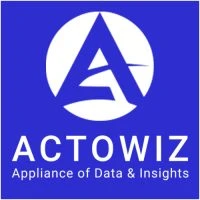What are Datasets | Introduction to Datasets
This blog will provide a comprehensive overview of datasets, including their definition, different types of datasets, and strategies for maximizing the value of ...

Comments (0)
Login to post.

